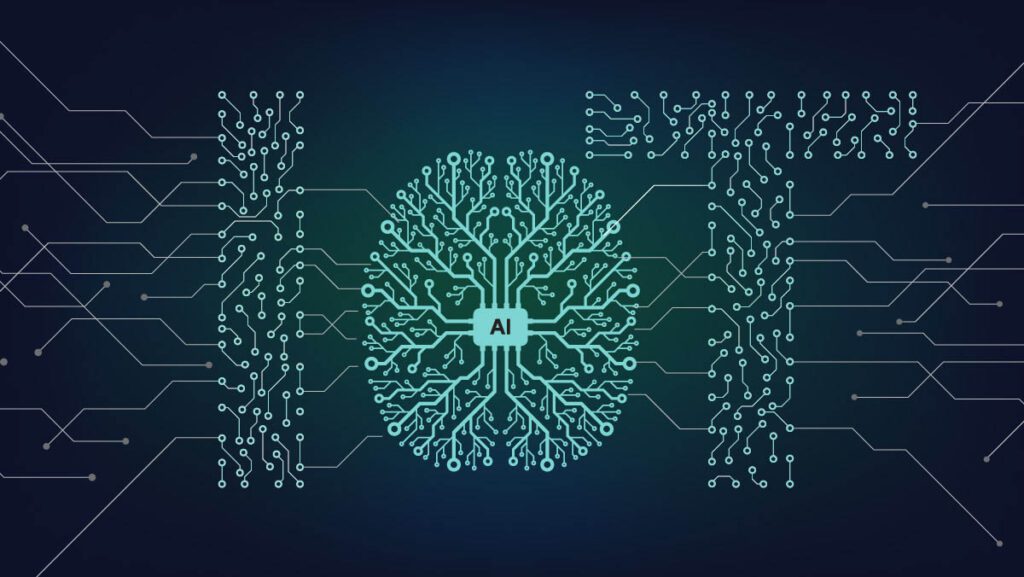
We are fast approaching an era in which smart machines and big data gathering capabilities become part and parcel of global industries. Applications of AIoT, Artificial Intelligence of Things, being used today can be seen in most high-income residential areas and big businesses. While not as widespread as it is touted to be, adoption is increasing exponentially in developed countries.
The internet of things, as an umbrella term, represents a network of connected objects that each connect either to the greater internet or to your personal app. When we toss an AI algorithm and machine learning capabilities into the mix, we can then expect IoT smart devices to learn, self-improve, and adapt to changes based on their experience and those of other systems.
AIoT, or Artificial Intelligence of Things, is an integration between the infrastructure behind the Internet of Things and artificial intelligence technology. The mesh between IoT and AI leads to an enhanced human-machine interaction, data management and analytics, and an overall improved customer experience for IoT users.
With that said, here are the most common applications of AIoT seen today:
Autonomous Vehicles
Autonomous vehicles are perhaps the most obvious and widespread applications of AIoT today. Self-driving vehicle manufacturers such as Tesla use their thousands of vehicles currently on the road to gather millions of data points as they drive around both manually and automatically. They use this data to map out roads, refine their vehicle’s automated driving systems, and bolster their data pools to improve their products and create better ones later down the line.
Manufacturing
Perhaps the biggest adopter of IoT and AIoT today is the use of AI to improve the performance and efficiency of smart factories. Most factories in heavily industrialized countries already use embedded sensors to gather large amounts of data on the manufacturing process.
Industrial and manufacturing robots are becoming smarter through the use of AIoT, which allows factory robots to learn patterns and predict disruptions, delays, and damages before they happen. Predictive maintenance and supply disruption is perhaps the biggest money savers for any manufacturer.
Retail
The data gathered by facial recognition cameras and other sensors can help map the path that retail customers take to the checkout line. Data such as this can help managers predict the occurrence of staff shortages and provide insight into customer behavior in the store to improve the retail experience and even plan store layout to get the most out of a customer’s visit.
Smart Thermostats
This is where modern applications of AIoT meet smart homes. Automated and AI-enabled temperature regulation saves you the most on the electric bill, but it could also, over time, learn what is best for human health by adjusting the house’s temperature based on the weather outside, the homeowner’s work schedule, and temperature preferences.
In the near future, the integration of WoT, or web of things, which is just IoT connected to the wider internet, will see even bigger transformations. In a fully AIoT realized future, the planet will act as a giant interconnected web of data gathering systems that autonomously improve upon each other by learning patterns and making connections that would take us, humans, months if not years of collaboration and research.